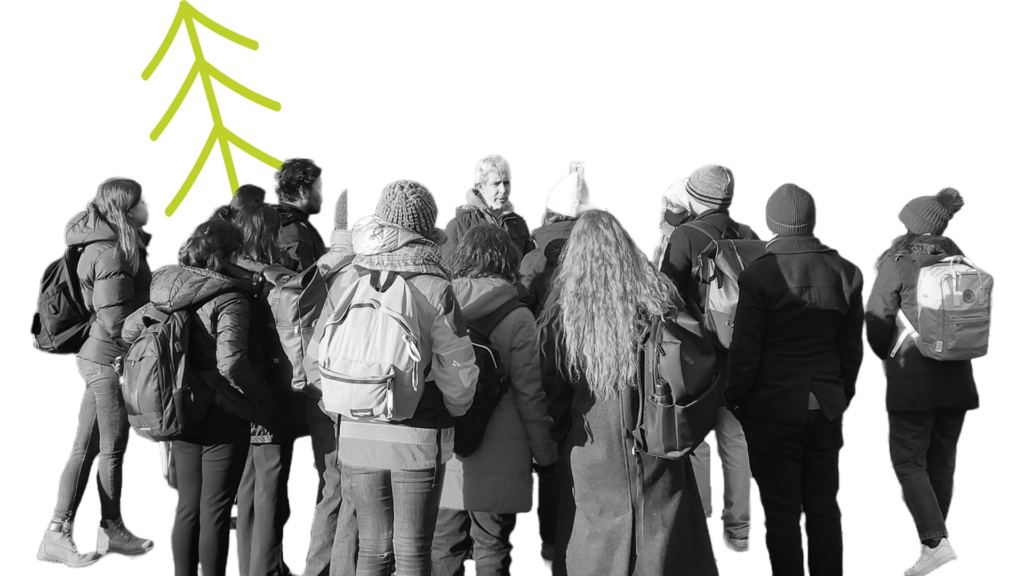Approaches
People and systems are at different stages of evolution so our approaches and tools must be chosen to meet people and systems for where they are currently at; from the system linked to ourselves (personal beliefs), system around us (local community, regional, national) and the system that needs to change (government, policy and ecosystem).

Filter by:
Tool
John Kania and Mark Kramer (2011) identified the five conditions of collective success in their approach for Collective Iimpact.
Tool
Adam Kahane’s model is used for multi-stakeholder gatherings that focus not on what will happen or what should happen, but what could happen. It is intended to transform four things; the groups understanding of the situation they are facing, the relationships between actors, the intentions of those actors and their actions.
Method
Tony Hodgson and Bill Sharp in conjunction with the International Futures Forum to guide conversations around transitions in technology
Tool
The iceberg model of systems thinking is a way of understanding the origin of a problem. The core concept of systems thinking is to help you see under the hood of structures, groups, organizations, and spot what are the real incentives.
Tool
We have adapted 4D Mapping from Otto Sharmers U-Lab. In Social Presencing Theater, the word theater is used in connection to its root meaning – a place where something significant becomes visible, or where a community of people can see a shared experience.
Tool
Stakeholder mapping identifies stakeholders in the space and how we should engage them. Stakeholder maps help us to identify important stakeholders in the space and how we should engage them.